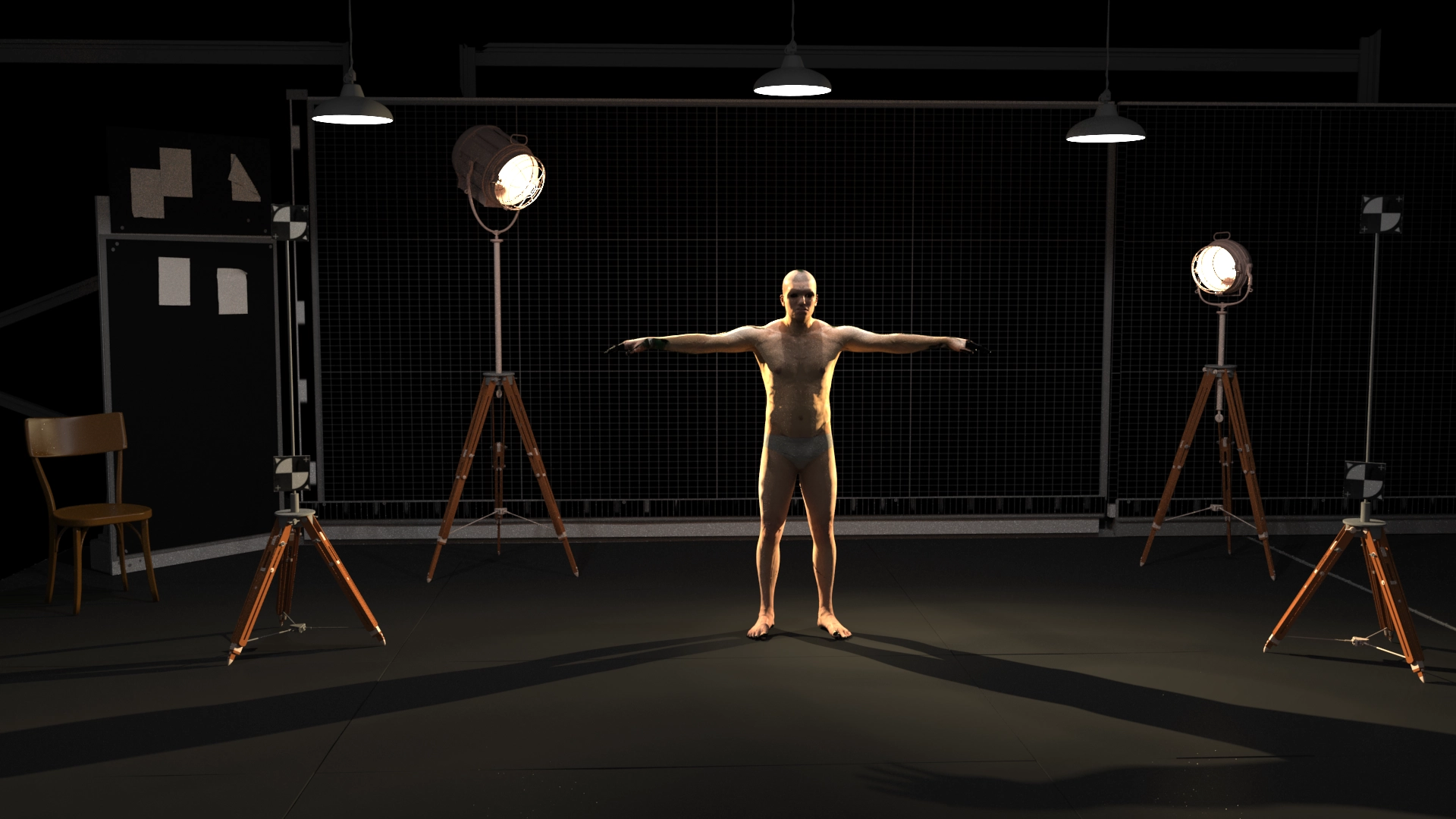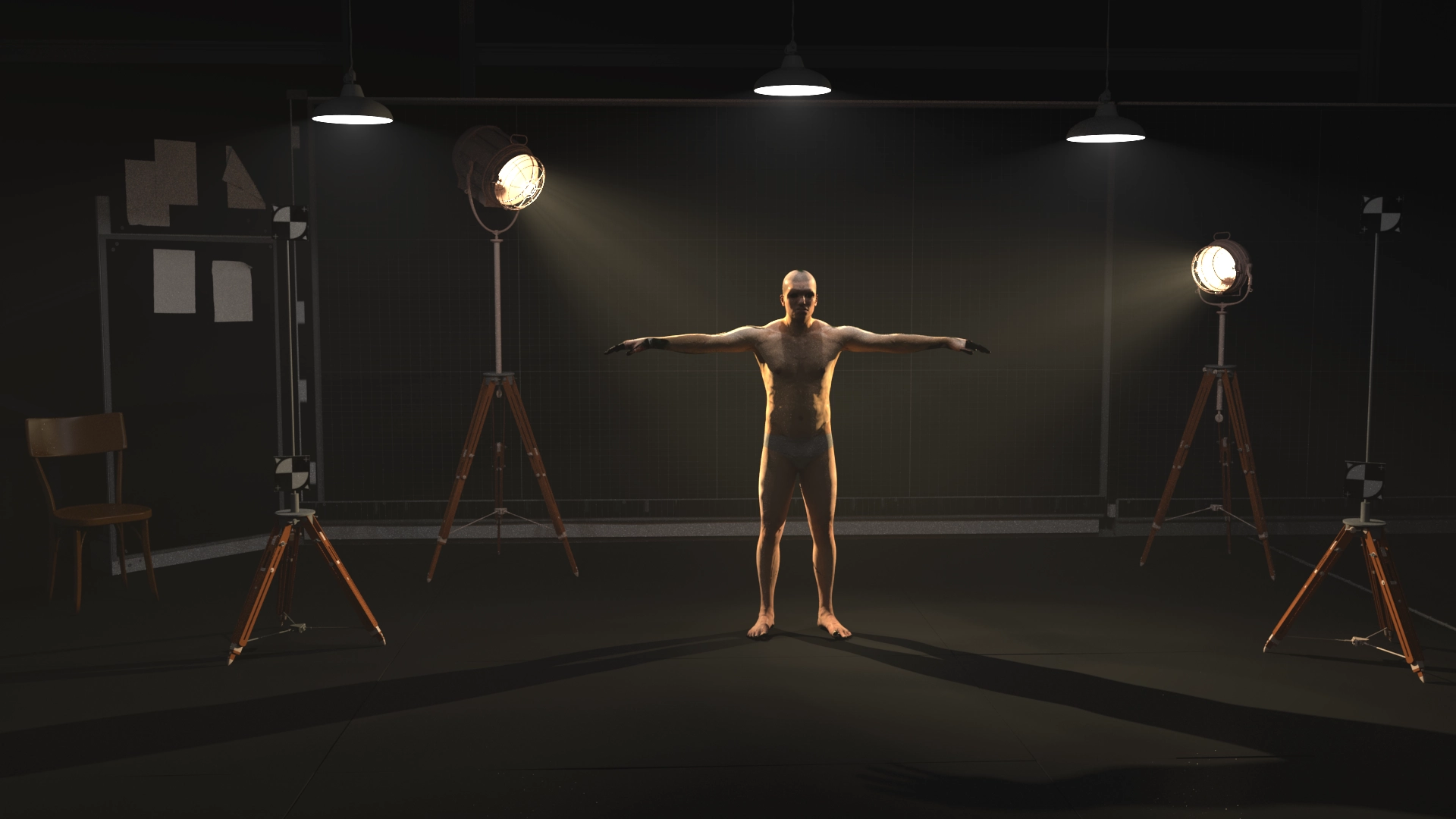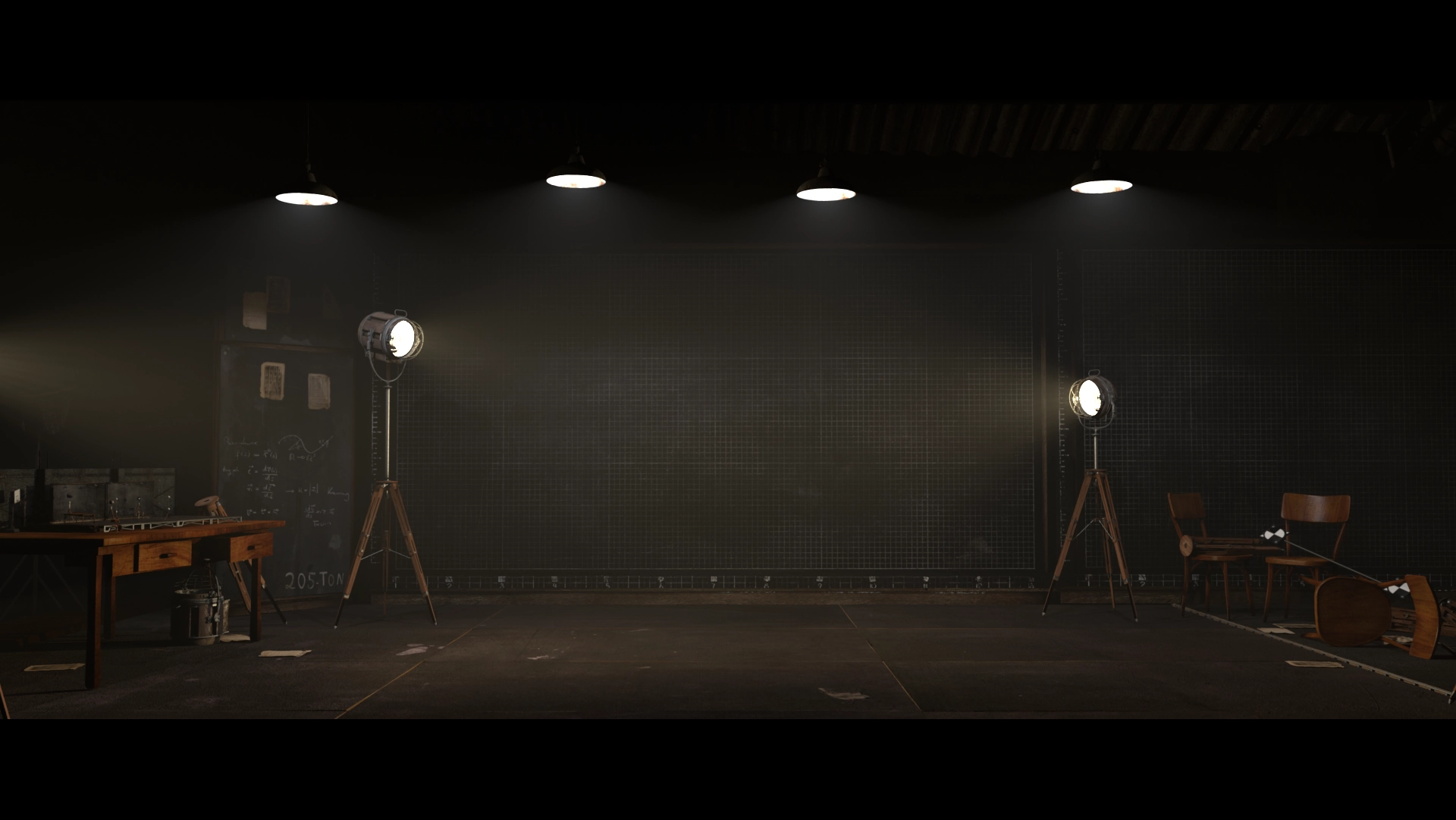Lighters are the magicians who illuminate the scene in the final 3D stages of the project. Their job is to light up the scene in a certain style, following a particular emotion while under pressure to deliver the final rendering.
A lot of responsibility for a department which needs flexibility, spontaneity and good communication with the previous departments to fix accumulated issues. Lighting Technical Directors support Lighting Artists with workflows, bug fixes, workarounds and helpful applications so they can focus on the artistic challenges.

1. What is a Lighting Technical Director?
A Lighting Technical Director (Lighting TD) is the bridge between the lighting artist and developer combining the understanding of the artistic and the technical side merging them together. They allow lighting artists to create realistic or artistic lights for films, games and installments by removing hurdles and creating technical solutions. To develop something on time and on budget, it's essential to streamline the lighting and rendering process and that's where Lighting Technical Directors shine.
Analyzing the scene to optimize the lighting and rendering effect in "Animan".
2. Software
An important part to successfully support the lighting artist is to be familiar with the used DCC package. Here are the most common software packages with their typical industries or departments:
Maya (Visual Effects, Animation, Video Games)
Katana (big Visual Effects studios like MPC, Pixar and DreamWorks)
Houdini (FX)
3ds Max (Video Games, Architecture, Industrial)
Cinema 4D (Commercials)
Blender (free software, smaller professional projects, Sony Imageworks)
Unreal Engine & Unity (Video Games)
Redshift, Octane, Corona, 3Delight, ...
As important as the DCC is the renderer that is used to convert the 3D geometry, shading and lighting data into 2D images. The most important renderer for the Lighting TD are:
Since the Lighting TD works closely with the compositing department it's often wise to be familiar with compositing software like Nuke. The key to know which software and renderer is needed is by researching the desired Lighting TD applications which often state the required DCCs and renderers in the 'Must Have' section.

3. What is the Role of a Lighting Technical Director?
Your job as a Lighting Technical Director is to find technical solutions to technical problems. For that it's essential to understand the lighting side with a variety of tools at your disposal. You also need to know how to render the scene and to deliver it to the compositing department with the right render layers and AOVs. In some studios (like Framestore and DNEG) lighting artists are called lighting TDs which is obviously not the same role.
A typical example for a Lighting TD task is to support the lighting artist in their troubleshooting: Maya crashes or gets stuck, the rendering experiences fireflies or incredibly long waiting times, applications no longer open or behave correctly.
Another task is to find technical solutions to creative problems. For example, as a Lighting TD, you can develop template scenes from the vision of lighting lead which are used by the entire department. Or you light technical tricky sequences that need a great understanding of the rendering process to get the desired results with reasonable rendering times.
Lighting TDs make the lighting workflow easier and possible.
4. How important is Python? 🐍
Python is a great gateway, an integral part, an impactful skillset and a huge asset in any Visual Effects, Animation and Games production. It allows you to create helpful and complex tools on big budget productions to make your and your team's workflow faster and easier.

Discover the power of Python for Maya and Python for Nuke and become a desirable Lighting Technical Director in 8 weeks.
Learn to create valuable tools like this Light Linker to automate processes, save time and simplify your workflow. A rare opportunity to unleash Python to contribute to your Visual Effects, Animation and Games career.
🎁 Benefits
The benefits of working as a Lighting Technical Director often come from the variety and stability that the technical position provides.
🎯 Responsibility & impact: Meaningful influence on the team.
🆕 New Technology: Stay current with the latest technology and knowledge.
⏰ Time & work flexibility: Enjoy more freedom regarding your time and jobs.
🕊️ Task Freedom: Work on your own ideas and side projects to help the team.
🤝 Best of both worlds: Connect with people from multiple departments.
💵 Well paid & job security: Enjoy a stable, well-compensated career.
Conclusion
The most important part of becoming a Lighting Technical Director is to enjoy the work. You love lighting, problem solving, making things easier for others while being able to communicate your ideas. Start by becoming a lighting artist first and slowly transition into the new role while educating yourself in the technical and Python field. Learn how to create your own buttons to help your team and project.
Sign up for our Free 7-Day Bootcamp: Technical Director to dive deeper into the role.
Thanks for reading,
Alex

I'm Alexander, an Award-Winning Technical Director & Coach in Visual Effects, Animation and Games. My skills are solving technical problems, simplifying workflows and mentoring career goals.
For more check out our exciting TD Bootcamp, 21 Artist Show Podcast and YouTube channel.



Comments